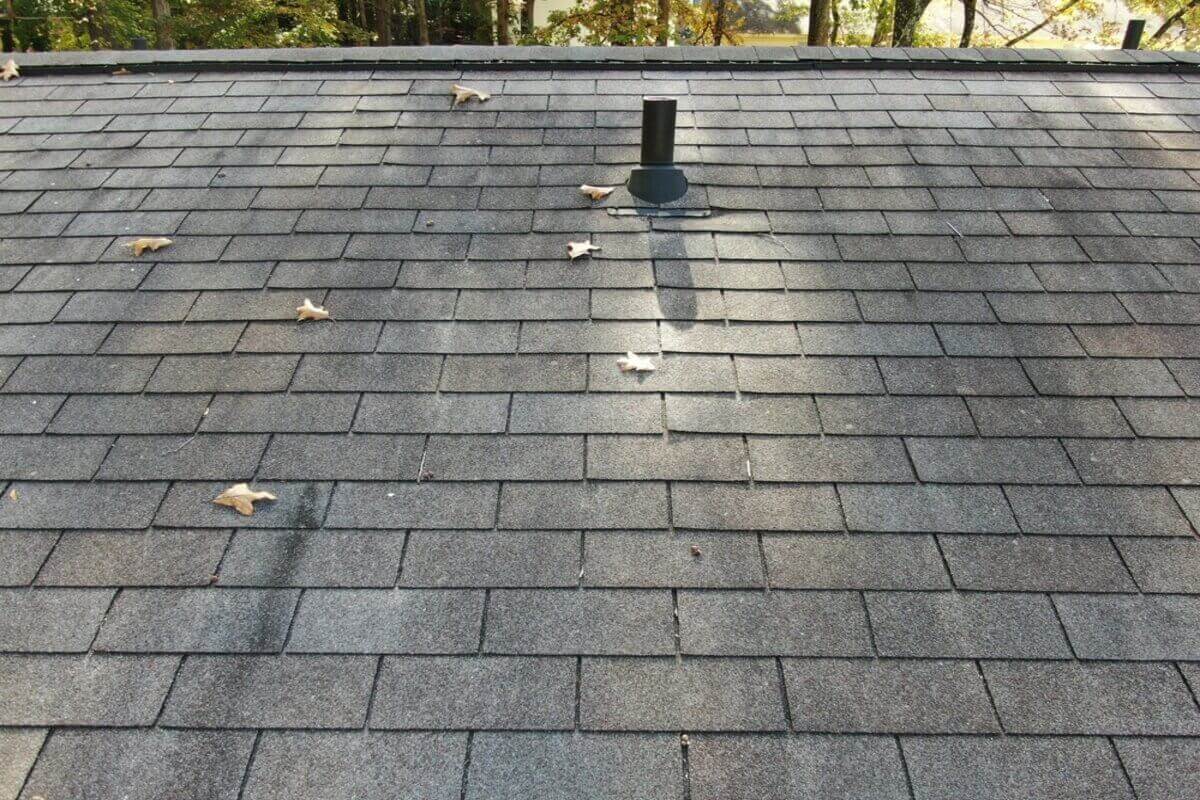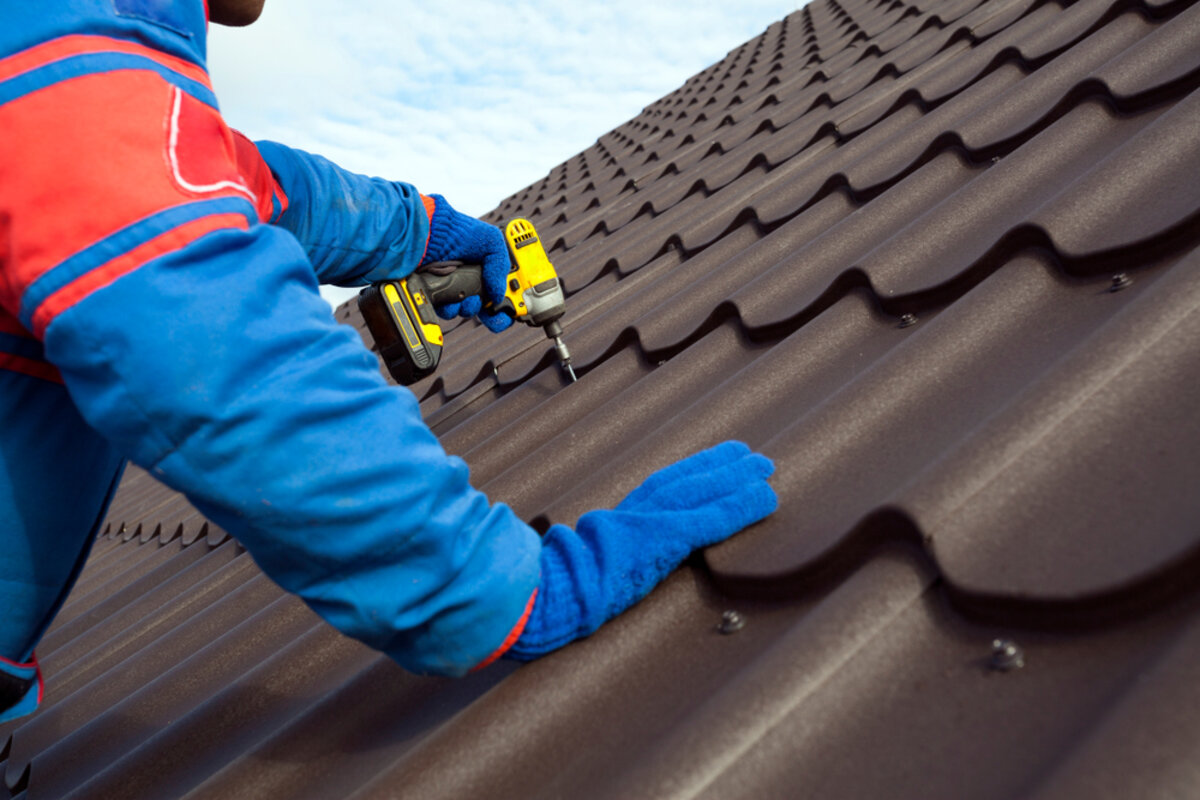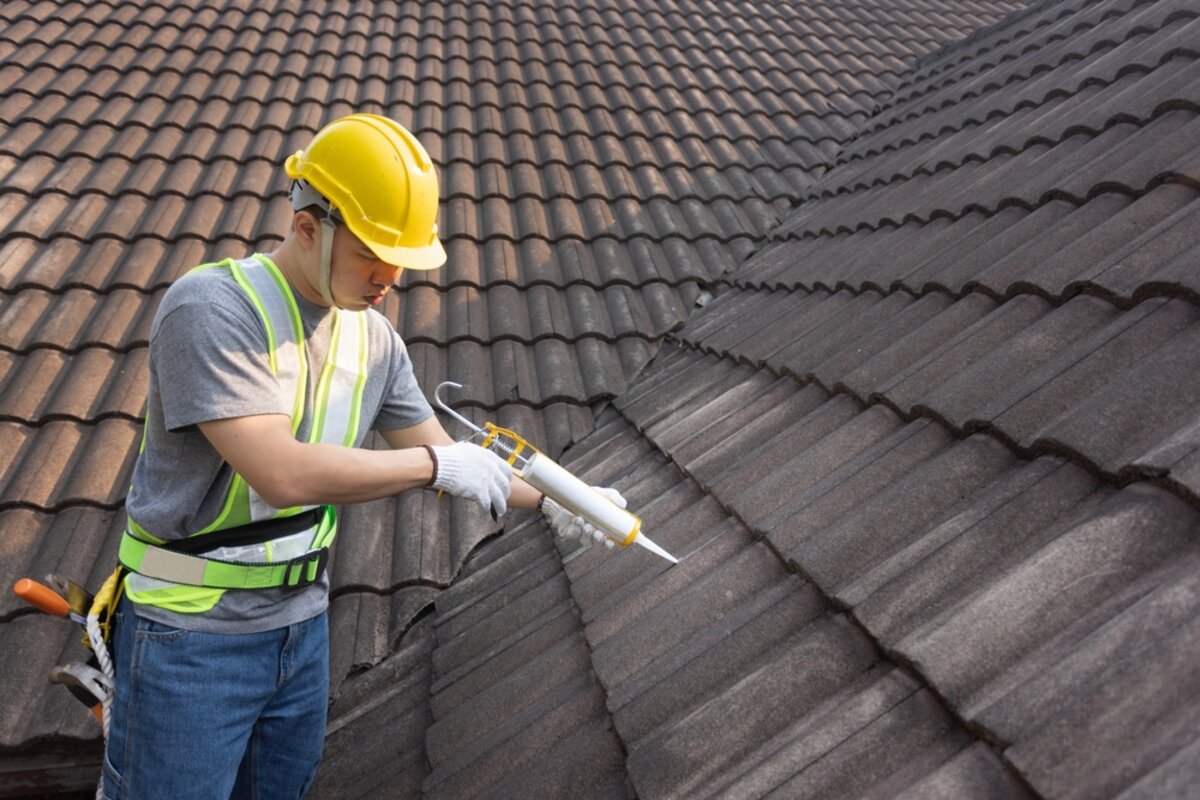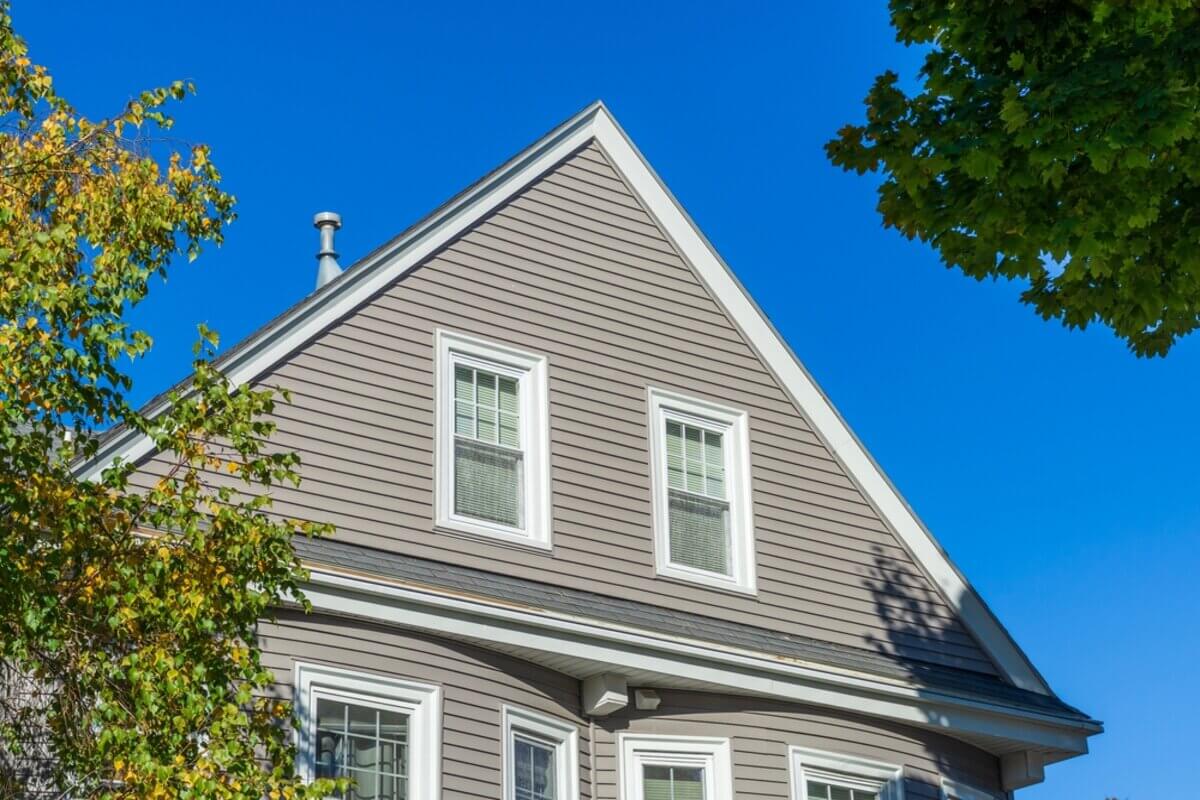When it comes to maintaining your home, the roof is often one of the most overlooked aspects. However, ensuring that your roof is in good condition is essential for protecting your home from the elements. One common issue homeowners face is how to repair granular loss on a roof. This occurs when the protective granules on the surface of the asphalt shingles wear away, leaving the underlying material exposed and vulnerable to damage. In this guide, we’ll walk you through the steps to repair granular loss on your roof and prevent further damage.
Understanding Granular Loss
Before we explore the repair process, let’s first understand what granular loss is and why it’s important to address it promptly. Granular loss occurs naturally over time as a result of exposure to sunlight, rain, wind, and other environmental factors. The granules on asphalt shingles serve a crucial purpose, providing protection against UV rays and helping to waterproof the roof. When these granules wear away, the underlying asphalt can deteriorate rapidly, leading to leaks, cracks, and other issues.
Signs of Granular Loss
Detecting granular loss early is key to preventing extensive damage to your roof. Some common signs to look out for include:
- Bare spots on the shingles where the granules have worn away
- Excessive granules in the gutters or on the ground around your home
- Shingles that appear shiny or bald in certain areas
If you notice any of these signs, it’s important to take action promptly to repair the granular loss and protect your roof.
Repair Granular Loss on a Roof
Now that we understand the importance of addressing granular loss, let’s discuss how to repair it effectively. Follow these steps to restore your roof’s integrity:
Inspect the Roof
Start by carefully inspecting your roof to assess the extent of the granular loss. Use a ladder to safely access the roof, and examine each section closely. Pay attention to areas where the granules are visibly worn away or where the asphalt is exposed.
Clean the Roof
Before making any repairs, it’s important to clean the roof thoroughly to remove dirt, debris, and loose granules. Use a broom or leaf blower to sweep away any surface debris, and then use a pressure washer to remove stubborn stains and buildup.
Apply a Sealant
Once the roof is clean and dry, apply a quality roof sealant to the affected areas. This will help to protect the exposed asphalt and prevent further granular loss. Be sure to follow the manufacturer’s instructions carefully and allow the sealant to dry completely before proceeding.
Replace Damaged Shingles
In cases where the granular loss is extensive or where shingles are damaged beyond repair, it may be necessary to replace them entirely. Carefully remove the damaged shingles and replace them with new ones of the same size and style.
Maintain Regular Inspections
Finally, to prevent future granular loss and prolong the life of your roof, make sure to schedule regular inspections and maintenance. Keep an eye out for signs of wear and tear, and address any issues promptly to avoid costly repairs down the line.
By following these steps, you can effectively repair granular loss on your roof and ensure that your home remains protected for years to come. Remember to prioritize regular maintenance and inspections to catch any issues early and preserve the integrity of your roof.
In Summary
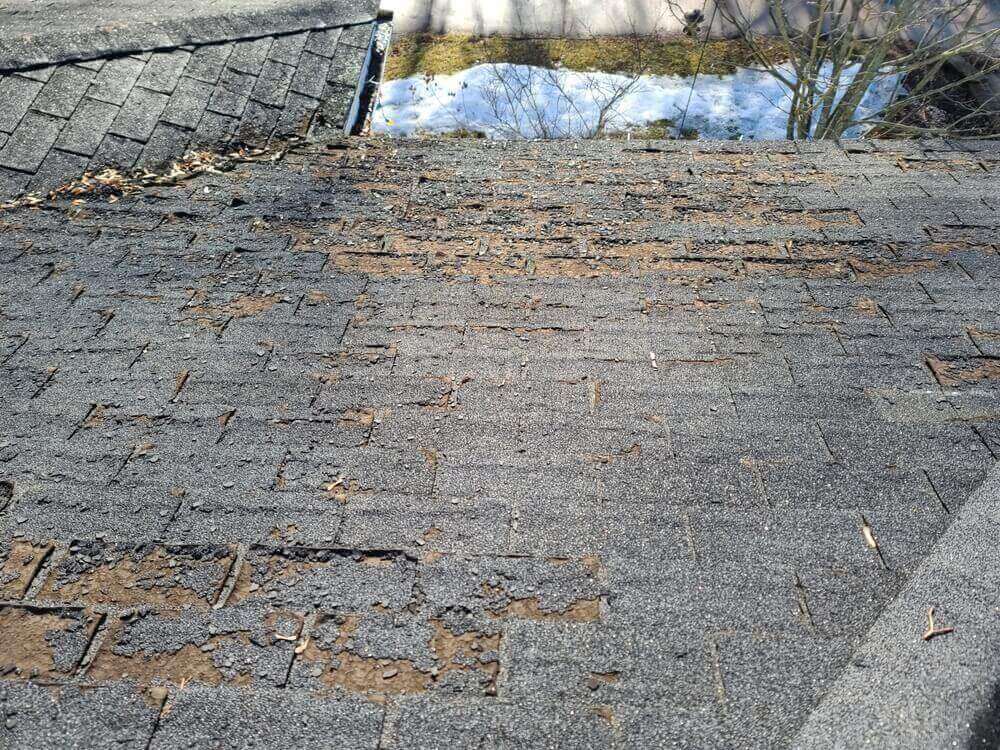
Addressing and knowing how to repair granular loss on a roof is essential for maintaining the integrity of your home’s structure. By understanding the signs of granular loss and following our step-by-step repair process, you can effectively protect your roof from damage and extend its lifespan. Remember to prioritize regular inspections and maintenance to catch any issues early. If you need further assistance or would like to schedule a professional inspection, don’t hesitate to contact Perfect Exteriors today for expert guidance and support.

